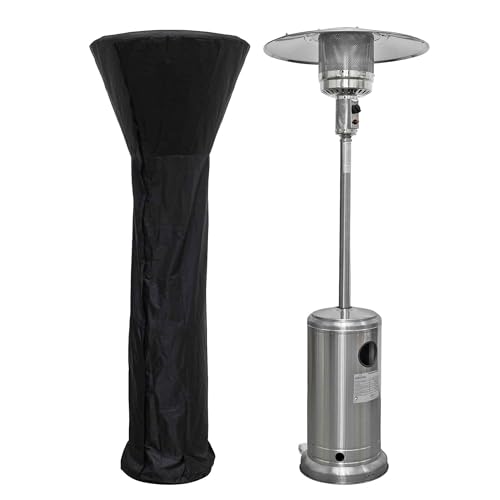Lowering the Price of Patio Gas
Patio gas is an liquefied petroleum (LPG) that is used in outdoor heaters and BBQs. It comes in small 'patio bottles that work with regulators and easily connected to your barbecue.
It has a low boiling point so it can be stored outside all year long, and it is very efficient in warmer weather.
Cost of Gas
Patio gas is a type of propane or butane fuel used for barbecues and outdoor heating. It is typically delivered in an enormous propane or butane bottle that has an on-clip regulator. This kind of gas is less than natural gas, which is delivered through pipes. However, the cost of installing or repairing gas lines will be based on the material and the type of pipe.
Propane is also available in smaller cylinders that are compatible with BBQs and patio heaters. These tanks can be filled by any propane dealer. They have either a screw-on or clip-on regulator with a diameter of 27mm.
Cost of Bottles
In order to lower the cost of patio gas there are a few options you can take. For starters, you should make sure to buy your bottles in the early morning or late evening when prices are typically lower. Make sure to fill your tank of gas when it's cool outside. Hot temperatures cause the fuel to expand, and you'll pay more for less fuel.
Another way to reduce the cost of gas for patios is to purchase an reusable bottle rather than using disposable plastic ones. The Glaceau Smartwater is a popular choice, thanks to its lightweight weight and flip-cap design that makes it easy to drink.
The Calor Patio (propane gas) Cylinder weighs 13kg and is perfect for patio heaters, BBQs with four burners or more. The price includes both the cylinder and the valve. Add EUR20 if you are purchasing your first cylinder and don't have an alcohol bottle that you can return.

Cost of Regulators
There are many gas regulators for use on patios. But, they're not all the same. You'll need a regulator compatible with the cylinder you're using. A propane cylinder, as an example, will have a different type of valve than a butane. The pressure at which the gas is released differs between the two types of gas and therefore they cannot be used interchangeably.
There are a variety of styles of regulators, including clip on and screw fit. Some include a pressure setting, a restrictor and sensor in one body, while others are more intricate and could include several different components. The cost of your regulator will also be influenced by the type of cylinder you are using. There are various sizes available for the smallest bottles, while larger cylinders cost more and will require a larger regulator. If your patio heater requires natural gas then the cost of the installation of a new gas line will increase the total cost of installation. You'll also have to take into account the cost of a general contractor for the project, as well as any permit or inspection fees required by your local jurisdiction.
Cost of Installation
The cost of installation for patio gas depends on the kind of system you have and the amount of piping involved. Installing a new gas line from the main to your home will cost you around $20 per linear foot. This price includes the cost of laying pipes and connecting appliances to the line. It also covers the cost of building materials such as copper and steel pipes, which are more expensive than plastic ones. A gas leak inspection can cost you an extra $50.
You can purchase propane or butane in a smaller "patio" bottle that is specifically designed for patio heaters and BBQs. Its design is meant to be compatible with the gas regulator that connects to a BBQ or the cylinder of a patio heater. Propane and Butane are both orange, but they work equally well as outdoor leisure products. Calor sells propane, butane and patio gas LPG cylinders that come in different sizes. However, the bottles are not interchangeable. Each requires its own gas regulator.
natural gas patio heater regulates the pressure at which gas is released from the cylinder. This is crucial because it stops gas from building to dangerous levels, which could trigger an explosion. Gas regulators are available in various sizes and styles, including clip-on and screw-on types. You'll need to buy a separate gas regulator for your BBQ or patio heater since different cylinders require different amounts of gas and release the gas at different pressure levels.
A gas regulator is a vital element of any gas appliance because it allows you to regulate the flow of gas and makes sure that the system is safe for use. Most regulators are screw-on connections that make it simple to connect the cylinder. Many hardware stores sell regulators. However, you can also rent a gas regulator from most rental companies for an hourly fee.
The cost of installing a new gas line depends on the length and location of the pipe, the cost of the materials and the complexity of the process. Installing gas lines to grill, for instance, generally costs $20 to $25 per linear foot. This price can increase if you are installing an gazebo, pergola or any other structure that requires anchor bolts in order to secure it. This project's price will also increase due to the cost of trenching and excavation.
